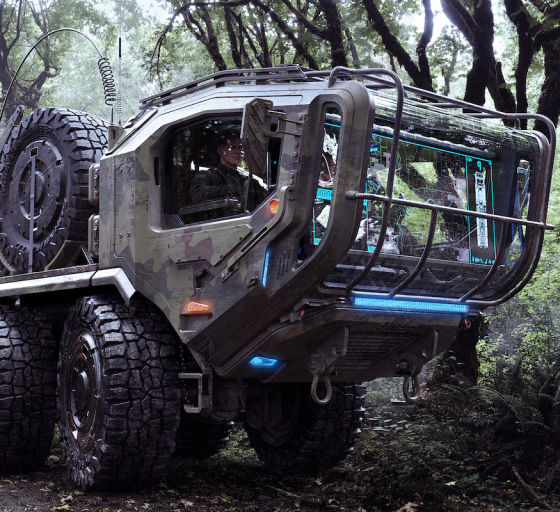

It's for producing a certain kind of aesthetic, not for producing technical models for stress, shear strengths, heat diffusion or weight estimations. MOI3D is more of a NURBS modeler, for a designer. It's a superb pleasure to move your object, your file or data or whatever you want to call it from one format to another, one program to another to work on it, like an alchemist distilling, heating, cooling, alloying, fermenting, some substance in the hopes of producing the Philosophers' Stone.Īnd strictly speaking MOI3D isn't a CAD program. But then on the other hand, there's certain things you can do in 3D Coat that you can't do in any of those programs. There's a ton of stuff in Houdini too, where the boundaries between modeling and texturing melt and fuse into something amazing, more mind bending than any drug. You should probably throw Teya Conceptor in there too just because Arseniy Korablev is an awesome guy. I think it's great that Kenmo is using MOI 3D in his workflow, and it's great to use 3D Coat too.

I'm a great believer in multiple tool approaches to problems we encounter in attempting to creat the things we desire. And then there's long curvilinear swept shapes with varying profiles too yeah you can sort of do that in 3D Coat but hmm.not really. You simply cannot do that in 3D Coat, or even if in certain limited cases you can it's an immense time consuming chore involving all sorts of involved strategems while with MOI 3D it's simply a matter of selecting an edge with your cursor then hitting a button and then if you want you can fiddle with it by punching in some various parameters. You find a lot of such bevels and chamfers on an engine block. Like what you say? Like bevels and chamfers on irregularly shaped edges between two boolean union objects for example. There's certain things you can do in that program that you can't do in 3D Coat. I've played around with MOI3D and it's useful to an artist alright. He posted this example on Twitter just a few months ago One is for engineering, the other for design.Īnd yeah Daniel Simon is using Blender to design stuff.but not in NURBS.he's using it for SubD modelling. NURBS can be just a 2D surface that doesn't imply any solidity to it. BREP is for solid modeling, it has a boundary on all sides. I think we can agree that car body designers definitely distinguish between the two uses of this technology, and I'd like to see the mechanical engineer that designs a car engine to manufacturing specs in Alias. Engineers will use BREP for their mechanical and electrical designs and Industrial Designers will use Alias to create an attractive form around the functional guts of the device. That's why Autodesk has both Inventor and Alias programs. Yes they share a lot in common technically but in practice they're two different animals, two entirely different toolsets. I think that it's legitimate to distinguish between BREP and NURBS. It is most definitely a great tool for modelers. I've run some comparisons to high-end Siemens NX and it is much lighter. His implementation of SubD to NURBS is also very clean. I love that the moi3d interface is so so sparse and functional. Kenmo- Michael Gibson has a very elegant mindset. He, in fact, is doing some very nice experiments with Blender poly/SubD concept modeling. It is absolutely possible to model Daniel Simon's works in Blender. The latest Blender has some configs that can very nicely approximate Maya and Modo UIs.

Anytime that a NURBS surface modeler knits or trims surfaces it is creating a BREP-boundary representation. L'Ancien Regime I am not sure why you say that Rhino or moi3d for that matter doesn't do BREP- Please see for the definitions I am working with.


 0 kommentar(er)
0 kommentar(er)
